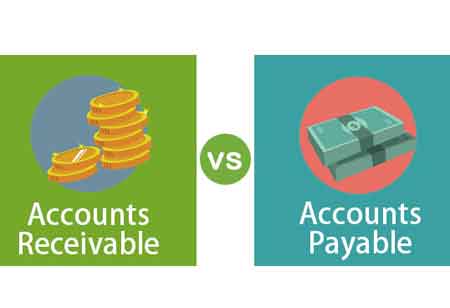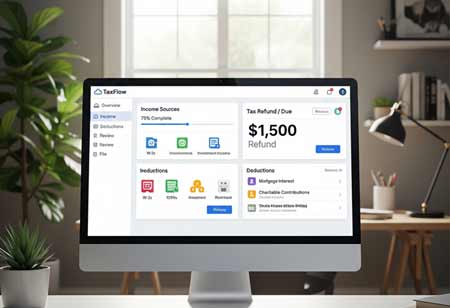THANK YOU FOR SUBSCRIBING
Be first to read the latest tech news, Industry Leader's Insights, and CIO interviews of medium and large enterprises exclusively from CFO Tech Outlook
THANK YOU FOR SUBSCRIBING

By
CFO Tech Outlook | Friday, January 24, 2020
Stay ahead of the industry with exclusive feature stories on the top companies, expert insights and the latest news delivered straight to your inbox. Subscribe today.
There are two easy ways to group or divide the open payables or receivables – using location tracking to group payables or receivables and by setting up parent and sub-customers to group the open receivables.
FREMONT, CA: Most of the time, confusion arises in accounting while working between accounts payable vs. accounts receivable. Both accounts are recorded similarly, so it is necessary to differentiate between accounts payable vs. accounts receivable. Among them, one is an asset account, and the other is a liability. Mixing up the two can result in a lack of balance in your accounting equation, which is dangerous for financial statements.
Here is how to group Accounts Receivable or Accounts Payable account types:
The general recommendation is to maintain one Accounts Receivable (A/R) account and one Accounts Payable (A/P) account to organize the books.
To group or divide the open payables or receivables, one can do one of the following:
• Use location tracking to group payables or receivables
• Set up parent and sub-customers to group your open receivables
Step 1: Make a parent customer
Here are the steps to create parent customers:
1. First, go to Sales, then Customers.
2. Select New customer.
3. Specify a name for the account.
4. Then Save it.
Step 2: Change the existing customers to sub-customers
Next, you have to identify which customers are sub-customers of the parent you created.
1. First, go to Sales, then Customers.
2. Select the existing customer to change.
3. Click on Edit to open the Customer Information dialog.
4. Select the “Is sub-customer” checkbox.
5. Select the parent customer from the Parent drop-down list.
6. Then Save it.
Now group and sub-total the open receivables and filter customer reports by the associated parent accounts.
Also see: Top Banking Technology Companies
I agree We use cookies on this website to enhance your user experience. By clicking any link on this page you are giving your consent for us to set cookies. More info



